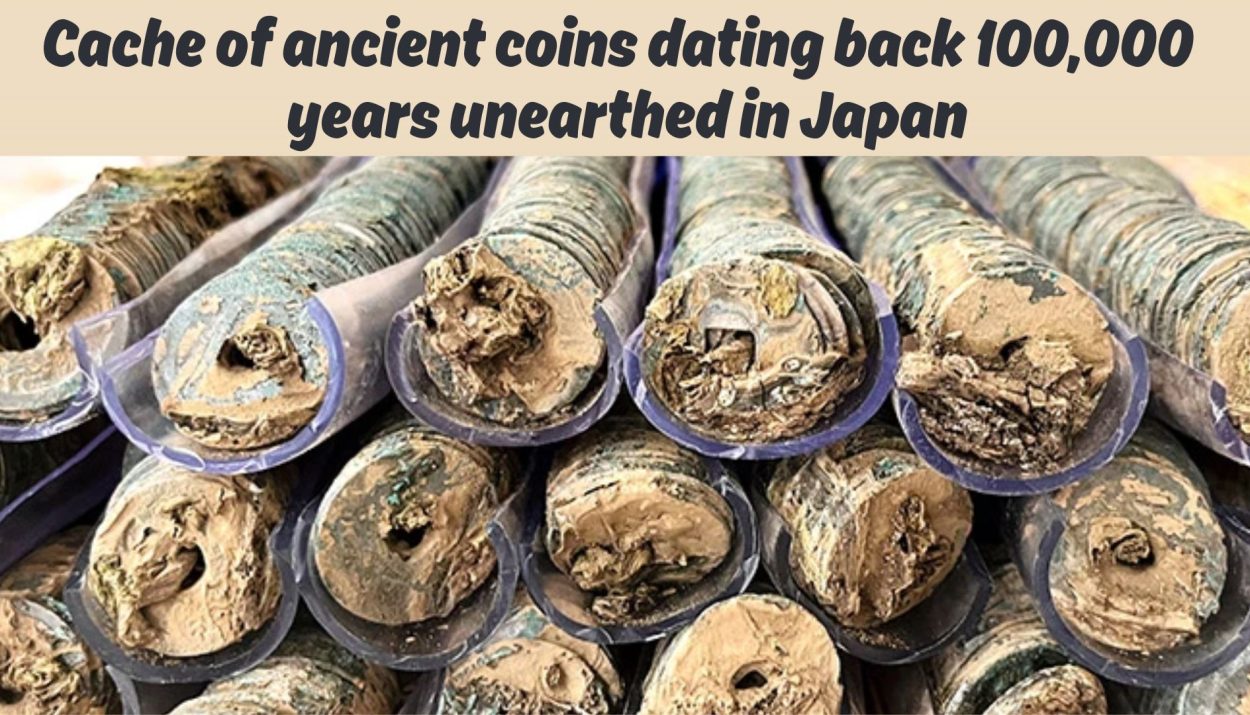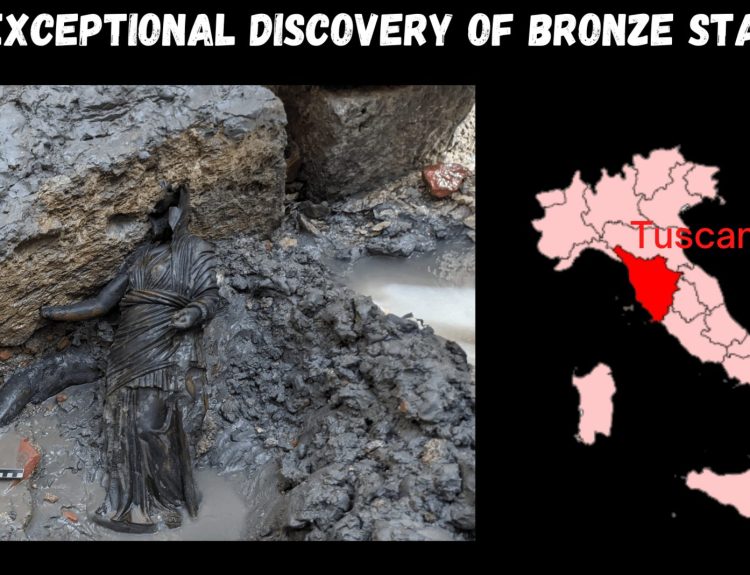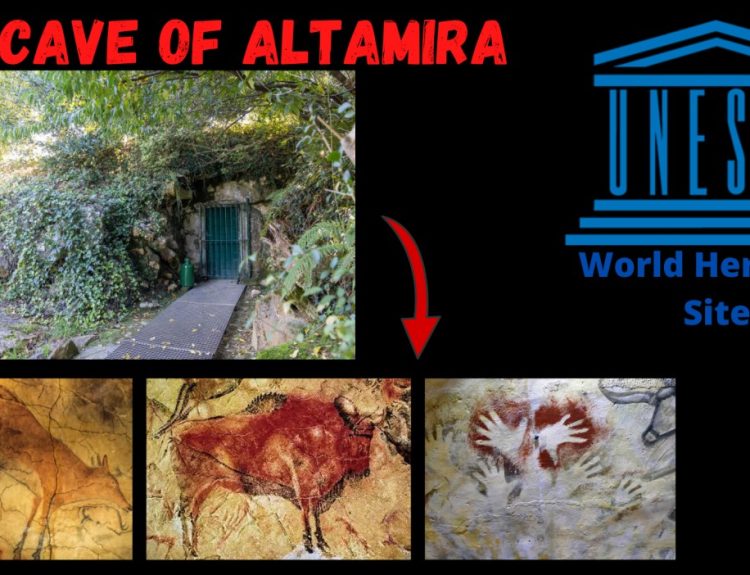A remarkable archaeological find unfolded with the unearthing of a cache of ancient coins dating back 100,000 years in Japan. In Maebashi’s Sojamachi district, some over 2,000 years old with Chinese origins, were found in an area earmarked for factory construction. The coins were bound together with a straw rope threaded through a central hole. Although only a limited sample underwent dating analysis, the oldest identified coin was a Ban Liang from 175 B.C., marking the inception of unified coin minting in China.

Measuring 60 centimetres by 1 meter, the area where the coins were discovered underwent meticulous examination by officials from the Maebashi municipal government. Excavated in sets of approximately 100 coins each, a total of 1,060 bundles were found, suggesting that they were wrapped in straw matting before burial.

Out of the total findings, 334 coins have undergone examination, revealing a diverse range of at least 44 confirmed types. These coins span from those crafted in 175 B.C. to more recent ones dating back to 1265. The confirmed Ban Liang coin had a diameter of 2.3 centimetres, a thickness of 1 millimetre, and featured a square hole in the middle measuring 7 millimetres on each side.
The characters for ‘Ban’ and ‘Liang’ were engraved on the surface, featuring a central hole. Ban Liang, the initial unified currency of the Chinese empire, was first minted as early as 378 BCE and introduced by the first emperor Qin Shi Huang around 210 BC. It was standardized as ‘1.2 inches in diameter, with a weight of twelve Zhu’ (2.8 centimetres long and weighing around eight grams).
Given that the most recently discovered coin dates back to 1265, it is presumed that the collection was buried during the Kamakura Period (1185-1333). However, further analysis may adjust the estimated burial date. The assumption is that the coins were hastily buried for safekeeping, considering their proximity to the former substantial residences of notable individuals during a period of imminent conflict.
Read- Mexico’s Controversial Alien Corpse Case
Furthermore, various artefacts were unearthed at the excavation site. Scholars speculate that this location may have played a crucial role in the historical Kozuke province, predating Gunma Prefecture from the late 3rd to late 7th centuries.
The information presented in the preceding article is derived from a report by The Asahi Shimbun, a Japanese newspaper.
References
Hoard of 100,000 centuries-old coins discovered in Japan- Live Science
Chin Ban-Liang ( bronze currency of the Chin Dynasty)
Scientists discovered more than 100,000 ancient coins at an excavation site in Japan







